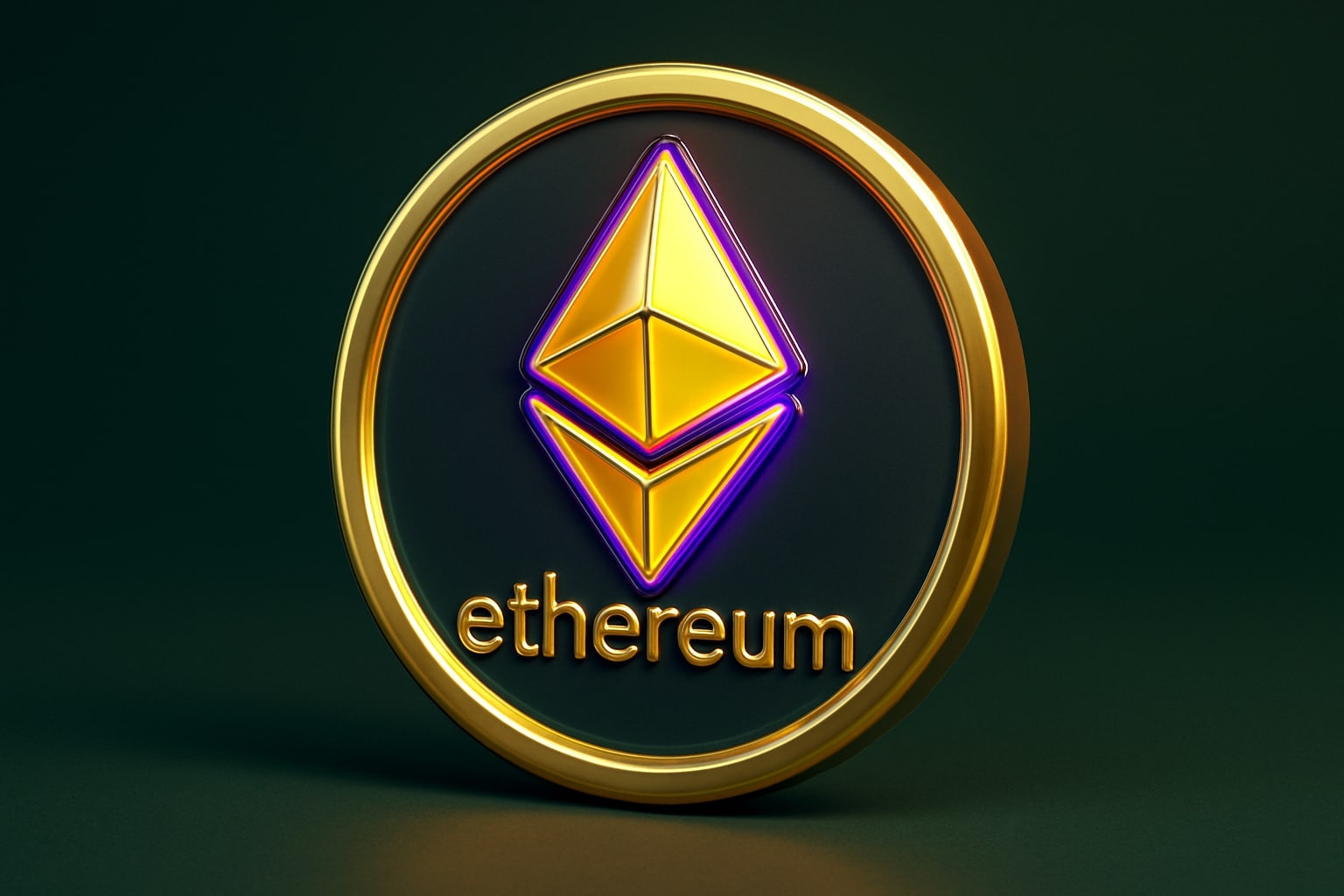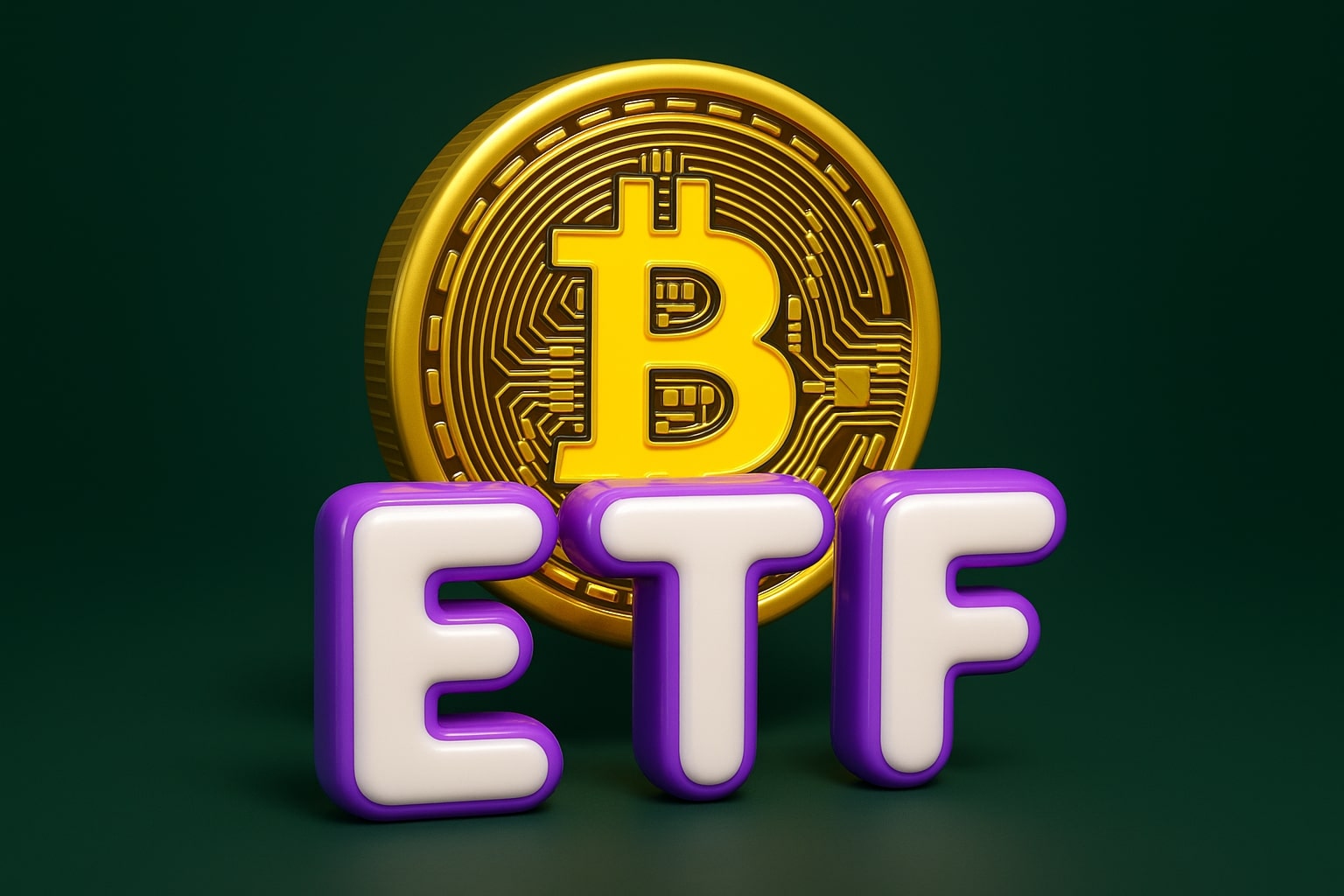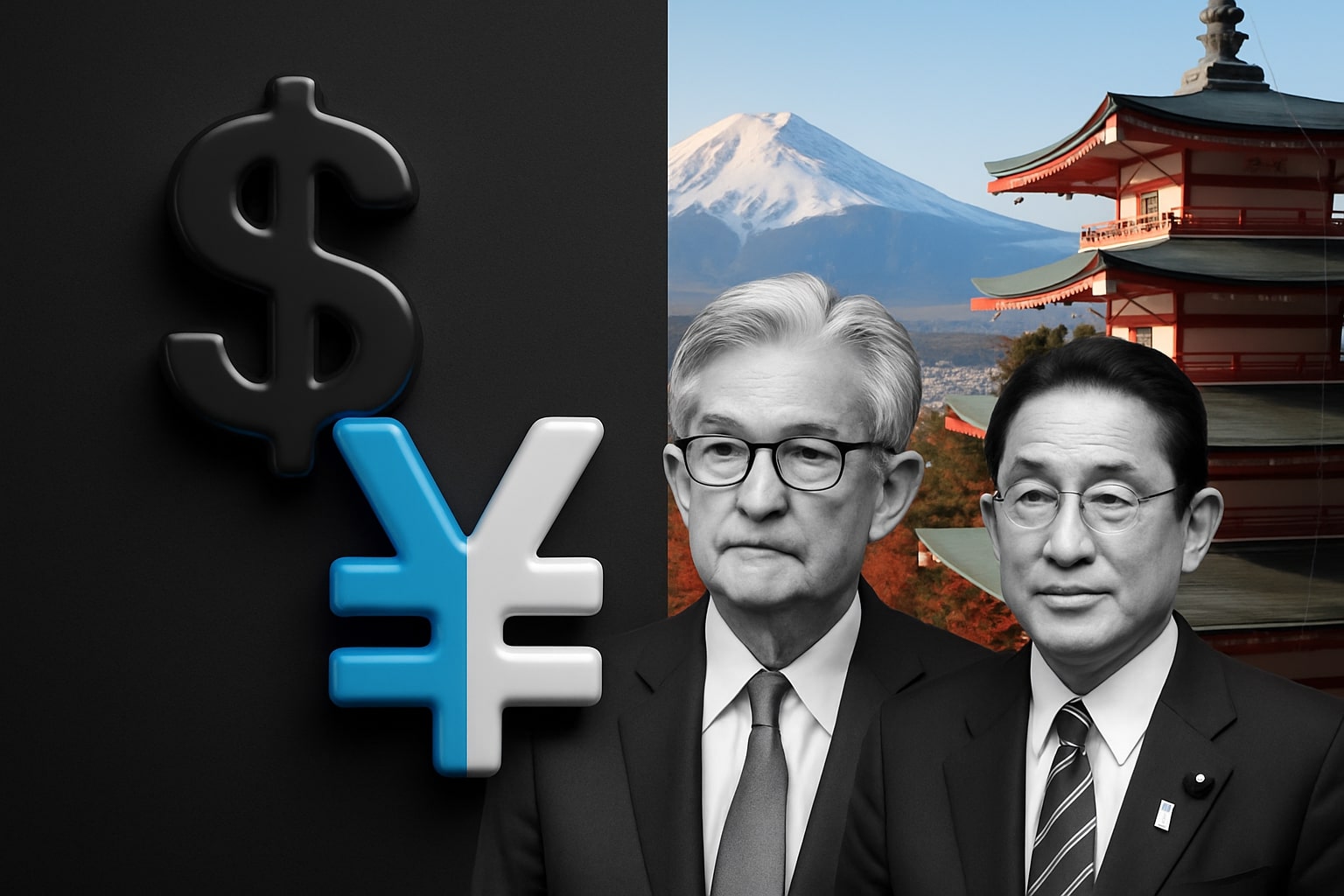
Ethereum Price Forecast - ETH-USD Rebounds to $2,940 as Whale Accumulation and Fusaka Upgrade Signal Potential Trend Reversal
Institutional inflows, BitMine’s 3.6M ETH holdings, and the upcoming Fusaka upgrade anchor Ethereum’s recovery toward $3,200–$3,500 resistance levels | That's TradingNEWs
Ethereum (ETH-USD) Consolidates Near $2,940 As Institutional Buying Re-Emerges And The Fusaka Upgrade Approaches
Ethereum (ETH-USD) trades at $2,940, up 2.9% in 24 hours but still down 29% month-over-month, as the network sits at the center of competing macro and structural forces. While broader crypto sentiment remains risk-sensitive, ETH’s resilience stems from whale accumulation, ETF inflows, and anticipation of the December 3 Fusaka upgrade, a pivotal event for Ethereum’s scaling roadmap.
Institutional Accumulation: BitMine Expands Holdings To 3.63 Million ETH
Institutional positioning in ETH-USD has become the dominant narrative for November. BitMine Immersion Technologies (NASDAQ:BMNR), the world’s largest Ethereum treasury company, now controls 3.63 million ETH, equivalent to 3% of total supply, valued near $10.7 billion at current prices. The company’s average cost basis exceeds $4,000, implying over $4.2 billion in unrealized losses, yet it continues to accumulate during the downturn—adding roughly 70,000 ETH in the past week.
This aggressive accumulation strategy signals conviction in Ethereum’s long-term monetization of staking and Layer-2 economics. BitMine plans to stake 3.6 million ETH on its MAVAN network in 2026, locking a large supply share and effectively tightening circulating liquidity. Such structural staking commitments stabilize price floors and reinforce Ethereum’s proof-of-stake yield base.
Other treasury entities, including SharpLink Gaming (NASDAQ:SBET) and The Ether Machine, also hold substantial exposure—860,000 ETH at an average of $3,600 and 497,000 ETH near $3,700, respectively—leaving them temporarily underwater but strategically aligned with Ethereum’s long-cycle thesis.
Whale Positioning And Derivative Exposure Show Aggressive Re-Entry
Whales are positioning aggressively. An on-chain address nicknamed “1011short”, famous for shorting October’s correction, has re-entered with a 5x long position worth $44.5 million, entry near $2,946, using 15,000 ETH as collateral. Liquidation sits at $2,326, indicating deep capital buffer.
Data from Coinglass shows futures open interest at $35.8 billion and daily volume above $88 billion, suggesting renewed speculative participation. Leverage has moderated, but overall activity remains robust. Despite heavy futures trading, spot volumes remain light, which explains ETH’s slower rebound relative to Bitcoin (BTC-USD).
ETF Flows Rebound As BlackRock Re-Enters The Market
After three weeks of redemptions, Ethereum ETFs are showing early signs of institutional re-entry. BlackRock’s spot Ethereum fund added $92.6 million of ETH in one day, flipping cumulative U.S. ETF flows positive for the first time in November. Combined net inflows hit $96.7 million, while Bitcoin ETFs saw $150 million in outflows.
However, the month remains deeply negative overall: November redemptions across all ETH ETFs total roughly $1.79 billion, underscoring how fragile sentiment remains. A single U.S. fund still logged a $2.2 million outflow on Tuesday, showing partial derisking among traditional asset managers. The key takeaway—liquidity is stabilizing, but conviction buying is only beginning to return.
Macro Conditions: Fed Pivot Speculation Revives Risk Appetite
Broader macro dynamics have shifted in ETH’s favor. Fed funds futures now imply an 83–85% probability of a 25-bps rate cut at the December FOMC meeting, driving the 10-year yield down to 4.02% and pulling the U.S. Dollar Index (DXY) below 100.00. The resulting risk-on environment lifted the Nasdaq Composite to its strongest weekly rally since May, spilling over into crypto.
Ethereum’s performance mirrors these macro rotations: when rate-cut bets rise, ETH typically outperforms BTC-USD because of its higher sensitivity to risk assets and technology multiples. The ETH/BTC pair, currently at 0.0318, has rebounded 7% in three sessions, approaching breakout resistance near 0.036.
Network Fundamentals Strengthen As Gas Fees Collapse And On-Chain Activity Holds
Gas fees across the Ethereum network fell to 0.085 gwei, one of the lowest levels of 2025, lowering transaction costs by over 95% YoY. DeFiLlama data shows DEX volume near $2.04 billion and 1.5 million daily transactions from 464,000 active addresses, confirming that usage has not collapsed despite price compression.
Reduced gas prices stem from post-Merge scaling efficiencies and the approach of the Fusaka upgrade, which integrates the Fulu (consensus) and Osaka (execution) forks. These upgrades introduce PeerDAS, a partial-data verification framework that expands blob throughput and makes Layer-2 settlement dramatically cheaper.
The Fusaka Upgrade: Structural Catalyst For Ethereum (ETH-USD)
Set for December 3, 2025, the Fusaka hard fork is widely viewed as Ethereum’s most economically significant upgrade since the Merge. It will enhance rollup capacity through improved data-availability sampling and optimize Layer-2 cost structures, directly influencing fee markets.
Analysts from Fidelity Digital Assets label Fusaka “the first upgrade explicitly designed for ETH value capture.” By linking transaction fees and blob pricing more directly to ETH burns, the protocol strengthens deflationary dynamics. Bitwise CIO Matt Hougan describes it as an “underpriced catalyst” capable of lifting network revenue once rollup economics adjust post-activation.
Despite its potential, traders have yet to price in the impact—ETH remains 41% below its August all-time high of $4,946. If the transition executes smoothly and Layer-2 throughput surges, Fusaka could mark the beginning of a medium-term structural re-rating for ETH valuations.
Privacy And Enterprise Adoption Set The Long-Term Framework
Ethereum’s parallel focus on privacy and enterprise adoption continues to accelerate. Aztec Network’s Ignition Chain, launched in November, enables fully private transactions using zero-knowledge proofs while maintaining base-layer security. Corporate integration is rising: EY’s Nightfall, Kohaku, and Enterprise Rollups reduce transaction costs from $100 to under $0.05 per private transfer, igniting what analysts call Ethereum’s “privacy supercycle.”
Enterprise DeFi participation now represents 48% of total protocol usage, up from 21% in 2023, with tokenized assets across Ethereum Layer-2 chains reaching $5 billion. This institutional expansion underpins projections of ETH averaging $3,256 in 2025 and $3,812 in 2026, according to AInvest, while Standard Chartered projects a potential $7,500 by year-end 2025 under optimal ETF inflow and upgrade scenarios.
Read More
-
Novo Nordisk Stock Price Forecast - NVO Shares Rebounds to $47.06 as Cost Cuts Set Stage for 2026 Breakout
25.11.2025 · TradingNEWS ArchiveStocks
-
Bitcoin ETF Outflows Reach $151M Amid Rotation to Ethereum, Solana, and XRP ETFs
25.11.2025 · TradingNEWS ArchiveCrypto
-
Natural Gas Price (NG=F) Drops to $4.39 as Record Output and Global LNG Flood Weigh on Futures
25.11.2025 · TradingNEWS ArchiveCommodities
-
Stock Market Today: Alphabet Nears $4 Trillion as NVDA Stock Tumbles 4.6% and Dow Outperforms Nasdaq
25.11.2025 · TradingNEWS ArchiveMarkets
-
USD/JPY Price Forecast - Dollar to Yen Drops to 156.05 as Weak U.S. Data Shake Dollar Strength
25.11.2025 · TradingNEWS ArchiveForex
Technical Setup For ETH-USD: Range Between $2,800 Support And $3,000 Resistance
Price action remains technically constrained. ETH’s short-term structure shows consolidation between $2,800 support and $3,000 resistance. A sustained breakout above $3,000–$3,050 could trigger momentum toward $3,166, $3,479, and $3,732—levels aligning with Fibonacci retracements from the August high.
The RSI near 33 indicates recovering momentum from oversold territory, while the MACD histogram trends toward a bullish crossover. The 50-day moving average sits near $2,960, flattening against the 200-day average at $3,080, suggesting compression ahead of a potential volatility expansion.
Downside risk centers on $2,659, the cycle low, with secondary support near $2,500. Breaking below this range could trigger algorithmic liquidation flows targeting $2,400–$2,300.
Derivatives, Futures, And Cboe’s New “Continuous Futures” Product
Cboe Global Markets will launch its Ether Continuous Futures on December 15, providing the first U.S.-regulated perpetual-style product with daily cash adjustments. Institutional demand is expected to increase given Cboe’s 10-year listed term and daily mark-to-market design.
Kaiko’s data suggests the introduction will tighten spreads and attract new hedge-fund participants seeking regulated leverage, further deepening Ethereum’s derivatives liquidity. Futures open interest has already recovered to $35.8 billion, with volume near $88 billion daily, confirming derivative market normalization after September’s liquidation wave.
Market Outlook For Ethereum (ETH-USD): Balancing Fragility And Re-Accumulation
Scenario A (Bullish):
If macro tailwinds persist and ETFs sustain inflows, ETH could reclaim the $3,000–$3,200 corridor within days, opening the path toward $3,500 into December. The Fusaka upgrade, paired with whale accumulation and BitMine’s staking lock-ups, provides fundamental support for an eventual trend reversal.
Scenario B (Bearish):
Failure to defend $2,800 would expose $2,626 and extend the decline toward $2,500, eroding technical confidence ahead of Fusaka. Heavy ETF redemptions or macro shocks could accelerate liquidation below those thresholds.
Verdict: Buy On Dips (Bullish Bias)
Current data indicates a controlled accumulation phase rather than a capitulation. Institutional balance-sheet expansion, upcoming protocol enhancements, and reduced network costs collectively tilt long-term risk-reward in favor of upside.
Ethereum (ETH-USD) remains in a medium-term downtrend but is structurally bullish into Q1 2026 as Fusaka activates and Layer-2 revenue expands.


















